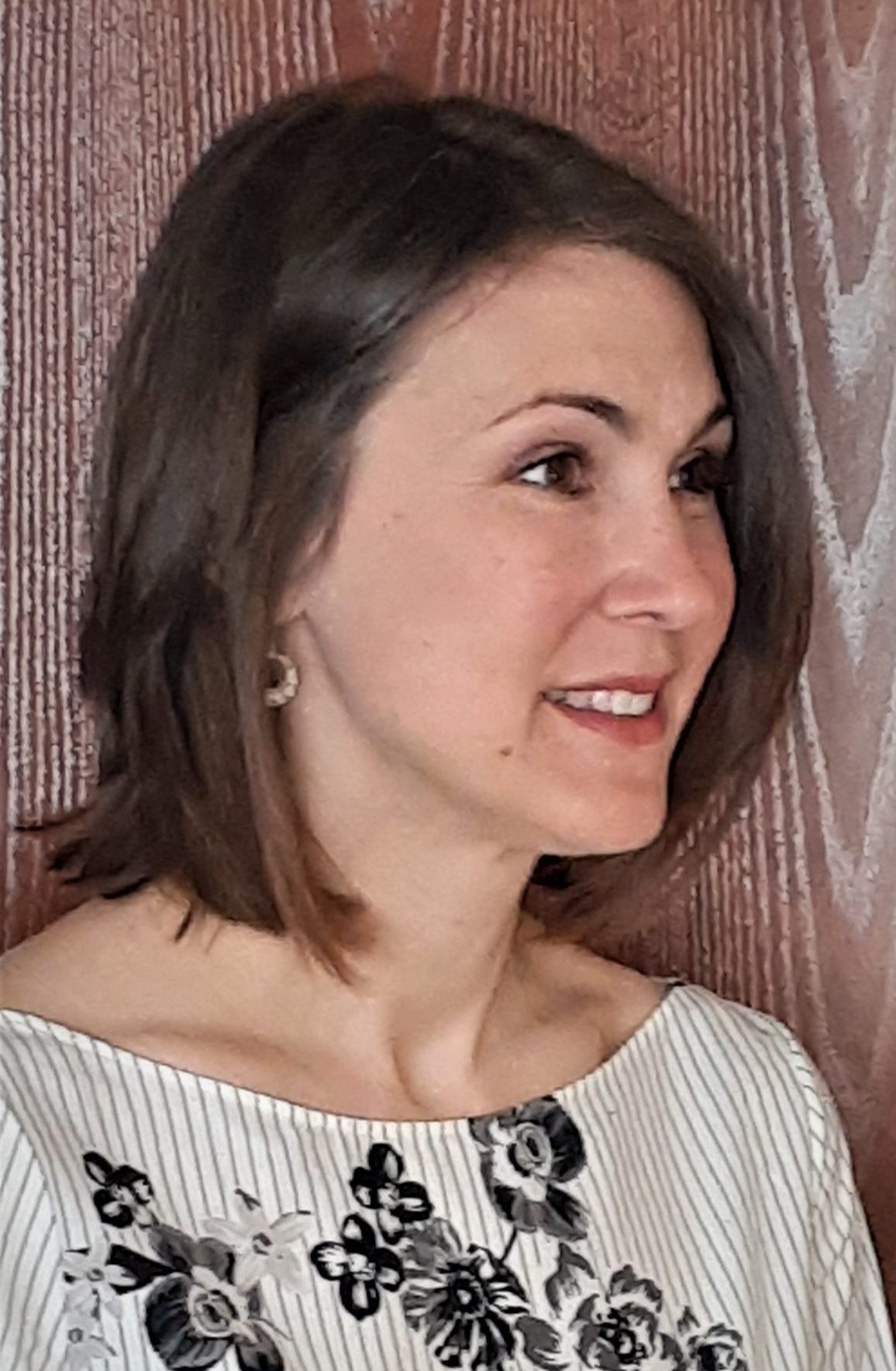Unit 3 was a lot of work, but a lot of fun.
Designing the survey and interview questions to uncover valuable data while remaining objective was challenging. I studied good research methodology before formulation and distribution. I paid careful attention not to ask leading questions and to selecting appropriate ranges for multiple choice questions. If the ranges were too wide, differences would not be detected. If they were too narrow, data would need to be manipulated after the fact, which is a poor technique. The interview subjects, who happen to be my co-workers, were eager to help and provided a lot of insight into the investigated problem. I was happily surprised at the number of survey responses I received. I think the reason for the high participation rate was twofold: 1- they were motivated to solve social distancing problems, 2- they wanted to help me with my assignment.
Once all the raw data was compiled, the large task of organizing it and analyzing it seemed daunting. I dove in on my day off, only coming up for air to walk the dog and make coffee. It was actually very enjoyable. I didn’t even see the hours go by. To be honest, I became a little addicted to working on the report. Colour co-coordinating the charts, formatting the size of the diagrams to make sections fit within the same page, and discovering a program that can draw a floor plan (to help the reader visualize my idea) was great. Scripting the text to maintain a neutral tone, employ the YOU attitude, omit pronouns, and stay in the present tense allowed me to use all the special skills I’ve learned so far in the course. I recognize how fond I am of playing with text and visuals to produce an appealing document. I also understand that when done well, the pairing of concise phrases and clear images can convey a message much more precisely and quickly that text alone.
Finally, the peer review stage was upon me. My partner’s research topic was engaging and extensively studied. It was interesting to see how nuances in interpreting directions result in slightly different versions of the same basic format. Yet again, reviewing my peer’s work made me want to review my report again, making adjustments here and there. I realize that, through this process, our work is really edited 3 times. First, when we go over it before sending it to our peer. Second, when we go over it after completing a peer review on a classmate. And finally, the third time, when our partner submits the peer review of our document. The peer review stage is quite lengthy, but very valuable. A document can never be over-edited.
Draft-Formal Report-C.Hruby-July 31,2020
